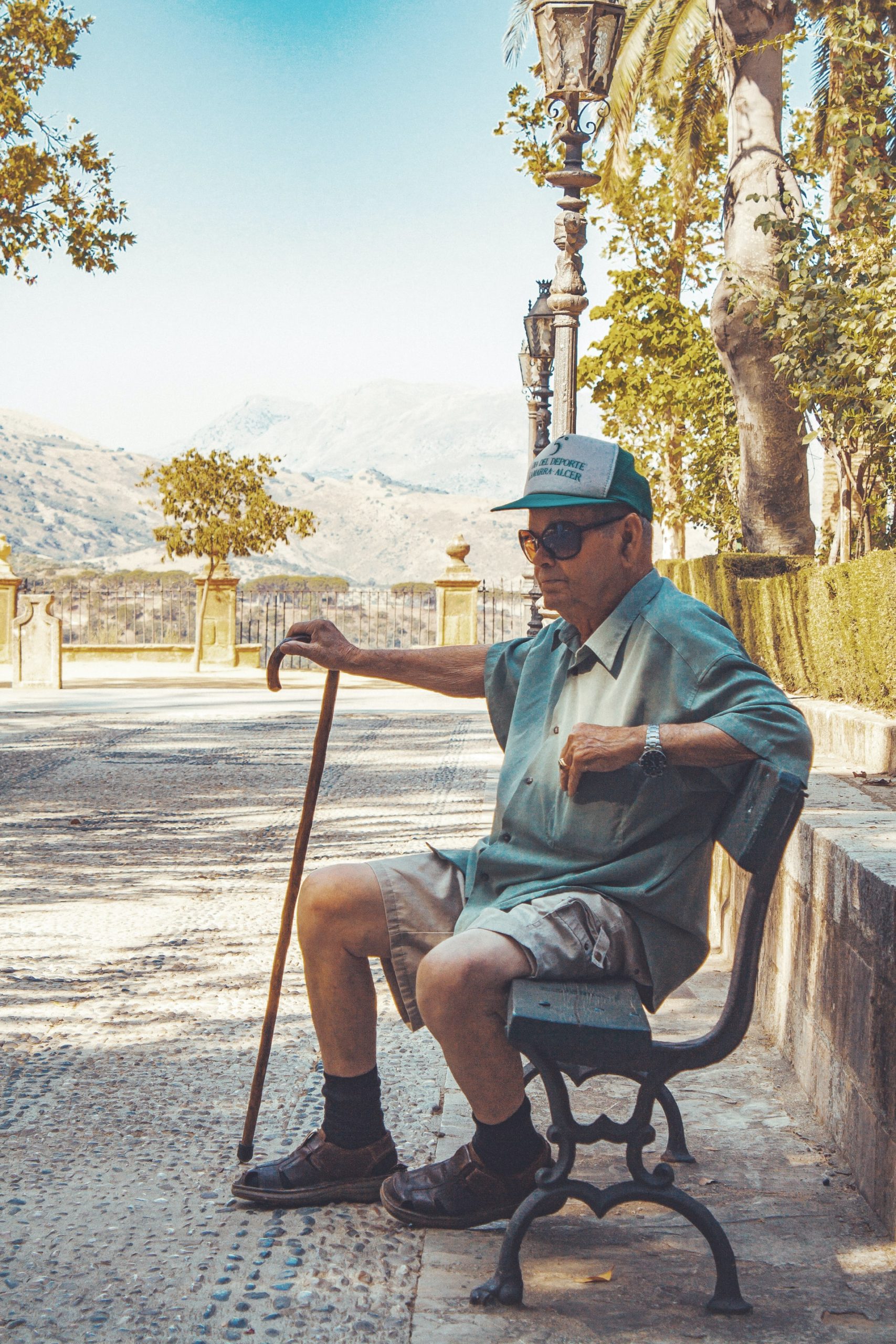According to the Centers for Disease Control and Prevention, 2.8 million older people are treated in emergency departments for fall injuries each year. Falls not only cause bruises and breaks or fractures—more than 95% of hip fractures are caused by falling—but they can also lead to more serious injuries. Falls are the most common cause of traumatic brain injuries (TBI).
If your loved one resides in your home or is living independently, it is extremely important to ensure they are at a low risk of falling. There are many ways to do this, from adding grab bars in the shower to making sure your loved one eats right and exercises. Here are some tips for creating a safe environment for your seasoned family member or friend.
Make changes around the home.
There are many small changes you can make to reduce the risk of falling in your home.
• Add grab bars in the bathroom, inside and outside the tub or shower and next to the toilet.
• Use non-skid mats in the tub or shower.
• Install hand railings on all stairs and use non-slip adhesive.
• Make sure there are supportive arms on all chairs in both the kitchen and living room.
• Remove clutter, small furniture, pet gear, electrical cords, throw rugs and anything else that might cause someone to trip and fall.
• Arrange furniture so there is a clear walkway and plenty of room for navigating around.
• Secure all carpets to the floor.
More safety tips on our “Home Safety” blog post. Click here to read more.
Invest in footwear with good traction.
Ensuring your loved one is wearing good shoes with good traction can greatly reduce their risk of falling. Every pair of shoes, including slippers, should have a solid, non-slip sole. In the winter, shoes and boots should have solid, non-slip treads that are made for walking in ice or the occasional Alabama snow. Avoid flip-flops, as they can easily cause people to stumble and fall.
Encourage exercise.
Exercise is a great way to reduce the risk of falling. Having stronger muscles can help senior adults increase their ability to balance, increase their ability to catch themselves when they begin to fall, and increase their coordination. Exercise can also strengthen older adults’ bones, helping to prevent breaks and fractures when they fall. Not sure what exercises are safe for senior adults? Check out our blog post.
Check vision frequently.
Poor vision can increase your loved one’s risk of falling. It can make it difficult to judge changes in walking surfaces and can impair depth perception. Ensure that your loved one’s eyes are checked regularly and ask their physician if any of their medications could impair vision.
Would you like a free In-Home Fall-Risk Assessment?
By following these tips, you’ll be proactive in ensuring your loved one is at a low risk for falling. At CareFirst, we offer a free In-Home Fall-Risk Assessment to ensure your home or your loved one’s is home free of all fall risks. Fill out this form to schedule your assessment today!


